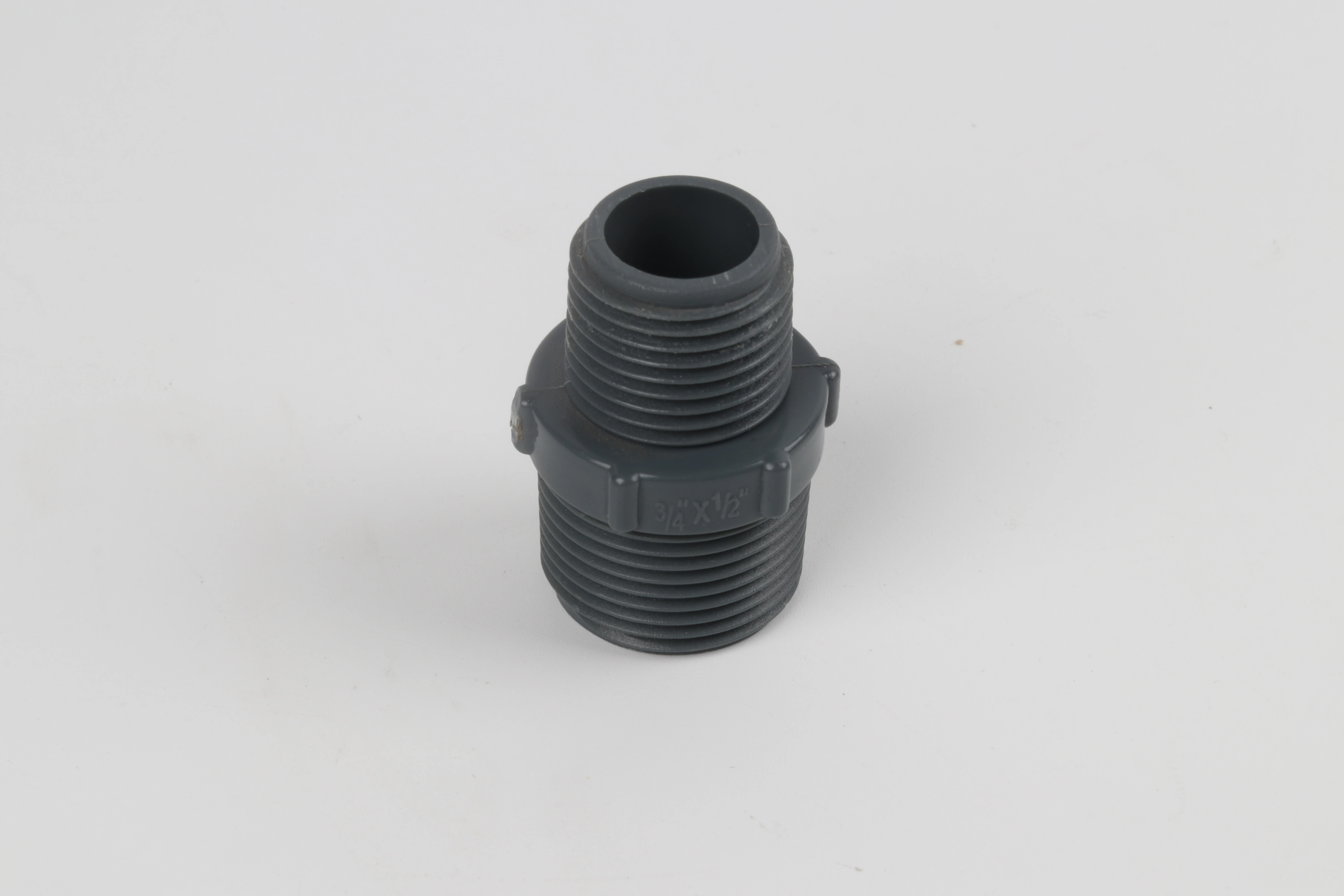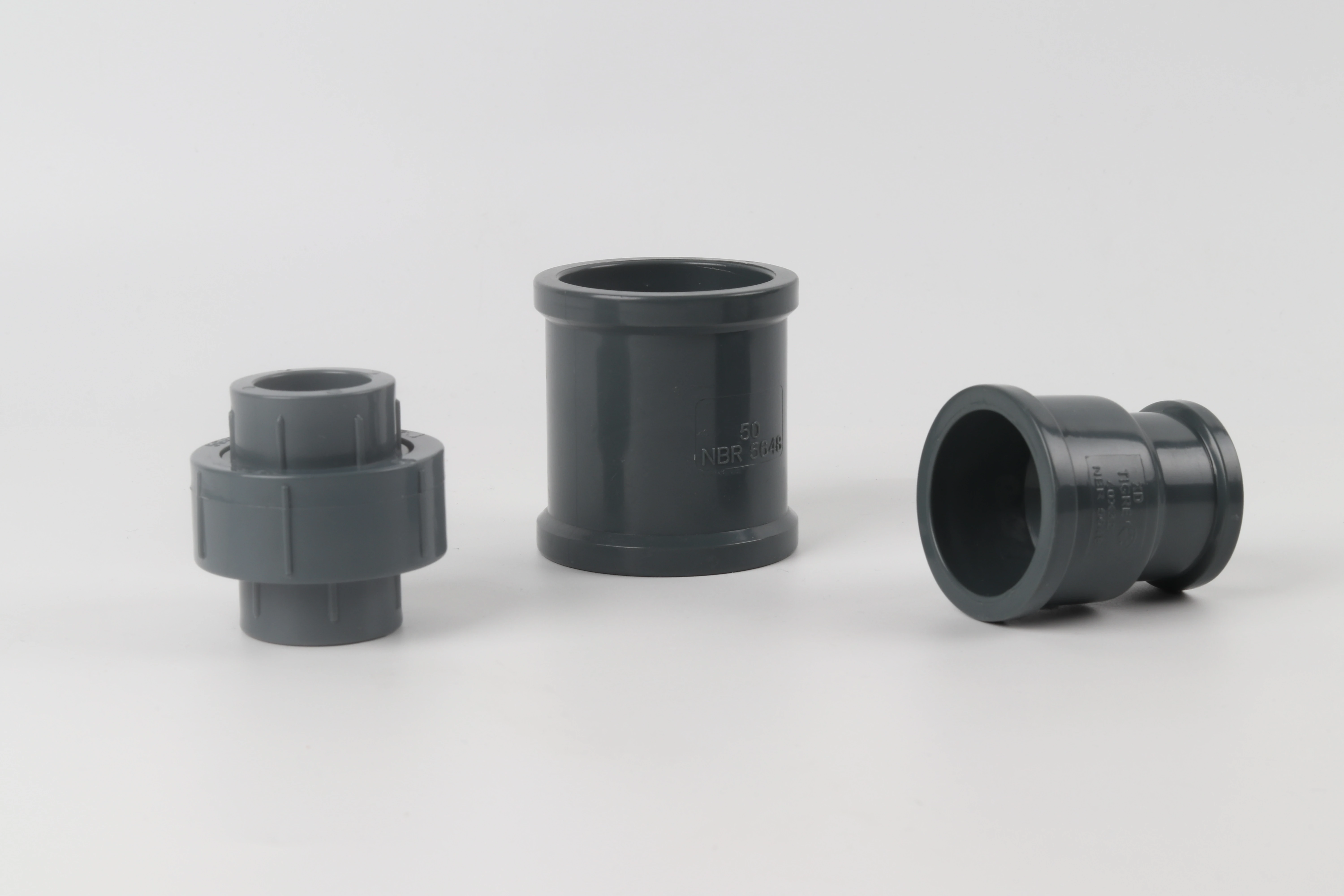ASME pipe pressure ratings define the maximum allowable working pressure for piping systems. These ratings ensure safe operation under specific temperature and material conditions. Understanding ASME pressure classes is critical for proper pipe selection in industrial applications.
ASME Pressure Class Standards
The American Society of Mechanical Engineers (ASME) establishes pressure ratings through the B31 code series. These codes cover different piping applications:
- ASME B31.1: Power piping systems
- ASME B31.3: Process piping
- ASME B31.4: Pipeline transportation systems
- ASME B31.8: Gas transmission and distribution
Each code specifies pressure ratings based on material properties, wall thickness, and operating temperature.
Standard ASME Pressure Classes
ASME defines several standard pressure classes for flanged fittings and valves:
Class 150: Maximum 285 psi at ambient temperature Class 300: Maximum 740 psi at ambient temperature
Class 600: Maximum 1,480 psi at ambient temperature Class 900: Maximum 2,220 psi at ambient temperature Class 1500: Maximum 3,705 psi at ambient temperature Class 2500: Maximum 6,170 psi at ambient temperature
These ratings decrease as operating temperature increases. High-temperature applications require pressure derating calculations.
Calculating ASME Pipe Pressure Ratings
ASME pressure calculations consider multiple factors:
Material Allowable Stress
Different materials have varying stress limits. Carbon steel, stainless steel, and alloy materials each have specific allowable stress values at different temperatures.
Wall Thickness Requirements
Thicker walls support higher pressures. The relationship follows Barlow’s formula for thin-wall pressure vessels.
Temperature Derating
Higher temperatures reduce material strength. ASME provides temperature-stress tables for accurate calculations.
Safety Factors
ASME codes include built-in safety margins. These factors account for manufacturing tolerances and service conditions.
ASME vs ANSI Pressure Ratings
Many engineers confuse ASME and ANSI ratings. ANSI (American National Standards Institute) pressure classes match ASME classes for compatibility. However, ASME governs the actual pressure calculations and safety requirements.
The terms are often used interchangeably in industrial applications. Both systems ensure component compatibility across manufacturers.

Common ASME Rating Applications
Class 150 Applications
- Low-pressure water systems
- HVAC piping
- General industrial processes
- Building services
Class 300 Applications
- Steam systems
- Oil and gas processing
- Chemical plants
- High-pressure water systems
Class 600+ Applications
- High-pressure steam
- Hydrocarbon processing
- Power generation
- Critical process systems
Factors Affecting Pressure Rating Selection
Operating Pressure
Select ratings significantly above normal operating pressure. This provides safety margin for pressure surges and system upsets.
Operating Temperature
Higher temperatures require higher pressure classes or special materials. Consider maximum expected temperatures, not just normal conditions.
Fluid Properties
Corrosive fluids may require upgraded materials or higher safety factors. Hydrogen service has special requirements under ASME codes.
System Dynamics
Water hammer, thermal expansion, and pressure cycling affect rating selection. Dynamic loads require additional consideration beyond static pressure.
ASME Code Compliance Requirements
Design Documentation
ASME requires detailed stress calculations and material specifications. Proper documentation ensures code compliance and regulatory approval.
Material Certification
All materials must meet ASME specifications. Mill test certificates verify material properties and chemical composition.
Quality Control
Manufacturing processes must follow ASME quality requirements. This includes welding procedures, heat treatment, and inspection protocols.
Third-Party Inspection
Many jurisdictions require authorized inspector approval for ASME code construction. This ensures proper code interpretation and application.
Selecting the Right ASME Rating
Consider these steps for proper rating selection:
- Determine maximum operating conditions – pressure and temperature
- Apply appropriate safety factors – typically 1.5x to 2x operating pressure
- Check material compatibility – with process fluids and conditions
- Verify code requirements – for your specific application
- Consider future modifications – that might increase operating conditions
Custom Pipe Solutions for ASME Applications
Industrial applications often require custom pipe configurations meeting specific ASME requirements. Specialized manufacturers can provide engineered solutions that exceed standard ratings while maintaining code compliance.
Custom fabrication allows optimization for unique pressure, temperature, and material requirements. This approach often provides better value than over-specifying standard components.
Заключение
ASME pressure ratings provide the foundation for safe piping system design. Proper rating selection requires understanding operating conditions, material properties, and applicable codes.
Working with experienced pipe manufacturers ensures ASME compliance while optimizing system performance and cost. Custom solutions often provide superior results for demanding applications.
Understanding ASME requirements is essential for engineers, contractors, and procurement professionals involved in industrial piping projects. Proper application of these standards ensures safe, reliable operation across diverse industrial applications.













Последние комментарии